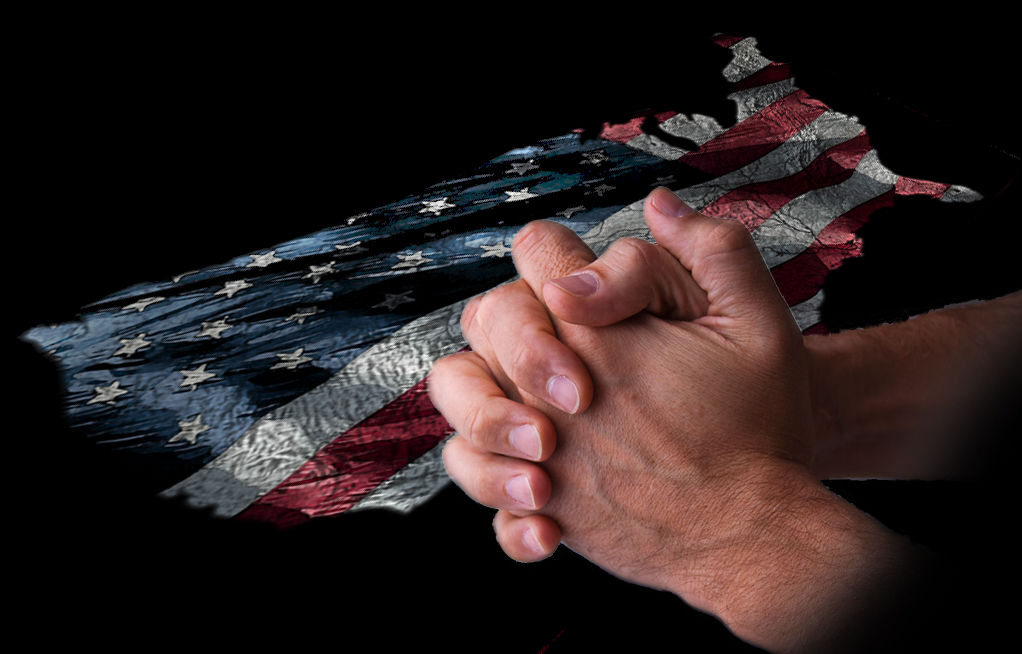Prayer has been a central part of public life in the United States since its founding. In 1775, the Second Continental Congress created the National Day of Prayer to bring together the diverse people of the newly formed nation to seek guidance and unity.
The tradition has carried on throughout the years. During the height of the Civil War in 1863, President Abraham Lincoln issued a day of fasting and prayer. The day was officially made into law in 1952 by President Harry Truman. Since then, the President of the United States has issued a proclamation designating a National Day of Prayer every year.
In 1988, President Ronald Regan amended the bill to designate the first Thursday of May as the National Day of Prayer. The Proclamation states, “On that day, I ask Americans to join with me in giving thanks to the Almighty God for the blessing He has bestowed on this land and the protection he affords us as a people. Let us as a nation join together before God, aware of the trials that lie ahead and of the need for divine guidance. With unshakable faith in God and the liberty with is our heritage, we as a free nation will continue to grow and prosper.”
On May 1st, 2013, President Barack Obama issued his proclamation. His proclamation stated, “Let us come together to pray for peace and goodwill today and in the days ahead as we work to meet the great challenges of our time.”
On May 6, 2020, President Donald J. Trump in the opening of his proclamation stated:
“On this National Day of Prayer, Americans reaffirm that prayer guides and strengthens our Nation, and we express, with humility and gratitude, our “firm reliance on the protection of divine Providence.” As one Nation under God, we share a legacy of faith that sustains and inspires us and a heritage of religious liberty.”
On May 6th, 2021, people from across the United States will gather in public spaces and private homes, in places of worship, in churches, temples, mosques, and synagogues, to pray for their nation and world.

